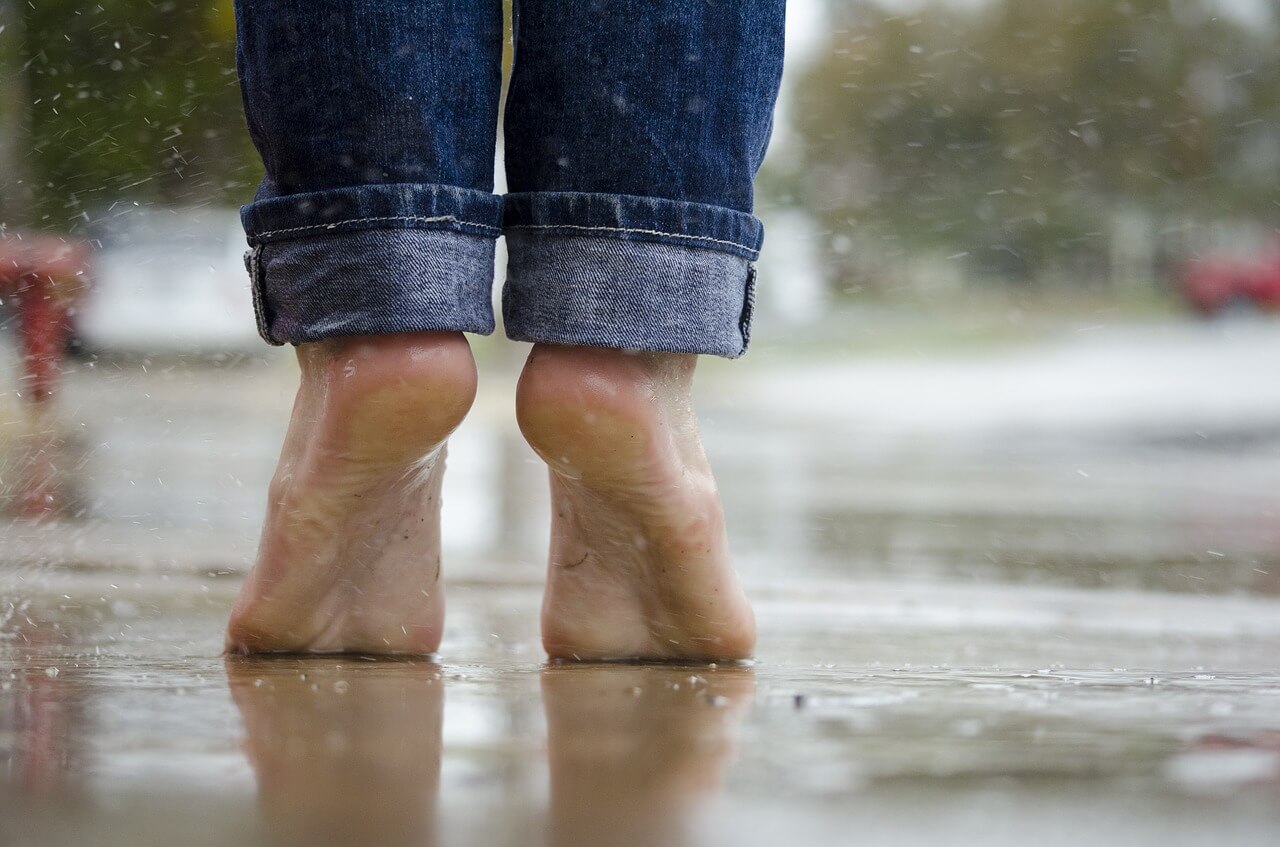
Foot ulcers: serious problem for diabetics
Our feet are subject to constant activity as they support our weight throughout the day. In the case of people with diabetes, there is also the circumstance that their blood vessels are narrower, which causes the reduction of blood flow and the deterioration of the nerves that cause alterations of the foot’s anatomy. This induces them to be more likely to suffer ulcers in the foot, which is known as Diabetic Foot Syndrome.
But what is an ulcer? It is a sore or open wound that causes the loss of the epidermis, part of the dermis and even the hypodermis and can be very deep, leading to bad healing. Diabetic people have a chance of between 15% and 25% of suffering from these types of ulcers that are more likely in people who also suffer from obesity, hypertension or smoking, or if diabetes is not controlled. However, 90% of the ulcers in the diabetic foot can have a complete cure with the appropriate care. The importance of Diabetic Foot is such in our working area that it represents the first cause of hospitalization in people with diabetes, so its diagnosis, prevention and adequate treatment is fundamental.
How can I take care of myself at home?
If you suffer from diabetes it is essential that you perform a scrupulous care of your feet based on the following recommendations:
- Control our footwear. It is essential to change the socks daily, use comfortable footwear and use insoles if our doctor recommends it. Also, it is very important that you do not walk barefoot.
- Mantener una adecuada higiene. Lukewarm water and neutral soap are the best tools for cleaning our feet, without forgetting the importance of drying them well. It is very important to file the nails instead of cutting them and applying moisturizer.
- Inspect the feet daily. It is highly recommended to check the nails, if there are chafing or swelling, and if our feet change temperature or color.
- Beware of cold and heat. We recommend avoiding the exposure of our feet to extreme cold or heat.
When do I know that I have to go to a specialist?
If you notice that the shape of your feet has been altered, your nails are red or deformed, mobility has been limited in one of your feet, wounds or blisters have appeared, or the sensation in your feet or legs has changed, it is the time to go to a specialist.
What type of cure exists?
Once diagnosed, the diabetic foot ulcer must be attended by specialized units composed of an Angiologist and Vascular Surgeon, a podiatrist and a nursing team specialized in the treatment of wounds. The treatment ranges from the revascularization of the affected foot, thus increasing the oxygen supply, the study of its biomechanics and discharge, podiatric treatments in the case of ingrown toenails, interdigital injuries or bone deformations, and a regulated protocol of specialized nursing cures with a regulated control of its evolution.
Can it happen again?
Around 50% of patients who have suffered an ulcer in the diabetic foot are likely to suffer again in a period of 2 years and 70% in a period of 5 years. However, if a correct lifestyle is practiced with a healthy diet and controlling our weight, tobacco is abandoned if you are a smoker, appropriate footwear is used, orthopedic insoles are used if necessary and performed a meticulous follow-up with visits to our specialist, we can reduce the percentages mentioned.En torno al 50% de los pacientes que han sufrido una úlcera en el pie diabético tiene probabilidad de volver a padecerla en un período de 2 años y el 70% en un período de 5 años.
Do you want to expand this information? IVEI – CMUC Vascular Clinic Marbella will attend our specialists by calling 951 317 417 or by contacting our Ulcer Healing Unit at the following link.
We are your solution!
